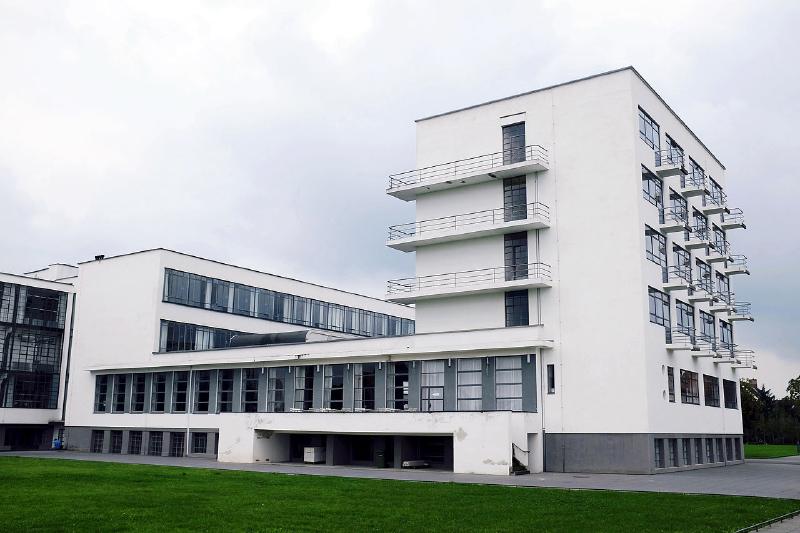The Bauhaus
According to Sarra Utkum Ikiz, the Bauhaus was founded in April 1919 with a focus on harmonizing different art styles and moving them towards mass production. The art itself could vary wildly, but most of it was inspired by more modern art movements (which, as we'll come to see in a later part of the exhibit, was something the Nazis detested). Despite its success in this endeavor, it was ultimately forced to close in 1933 due to pressure from the Nazi party, who, as stated before, viewed their art as degenerate. (Australian Broadcasting Corporation)
The Bauhaus stiil exists today, but keep in mind that as it developed in the early 20th century, it spread around Germany. The original Bauhaus in Germany would eventually reopen into the Bauhaus-Universitat Weimar in 1996, located in Weimar. The school and it's two other locations, one in Dessau and Bernau, are both UNESCO World Heritage Sites. You'll notice from the pictures on here that even the architecture on campus could be avant-garde and very modern.

